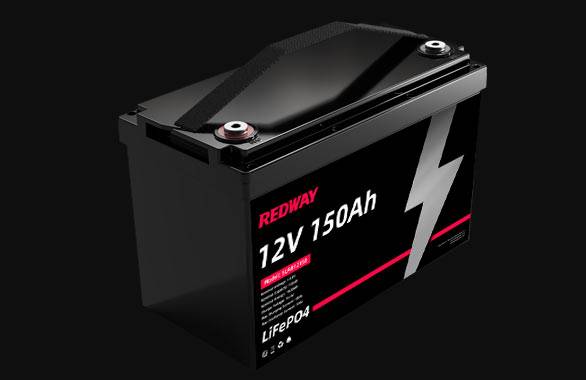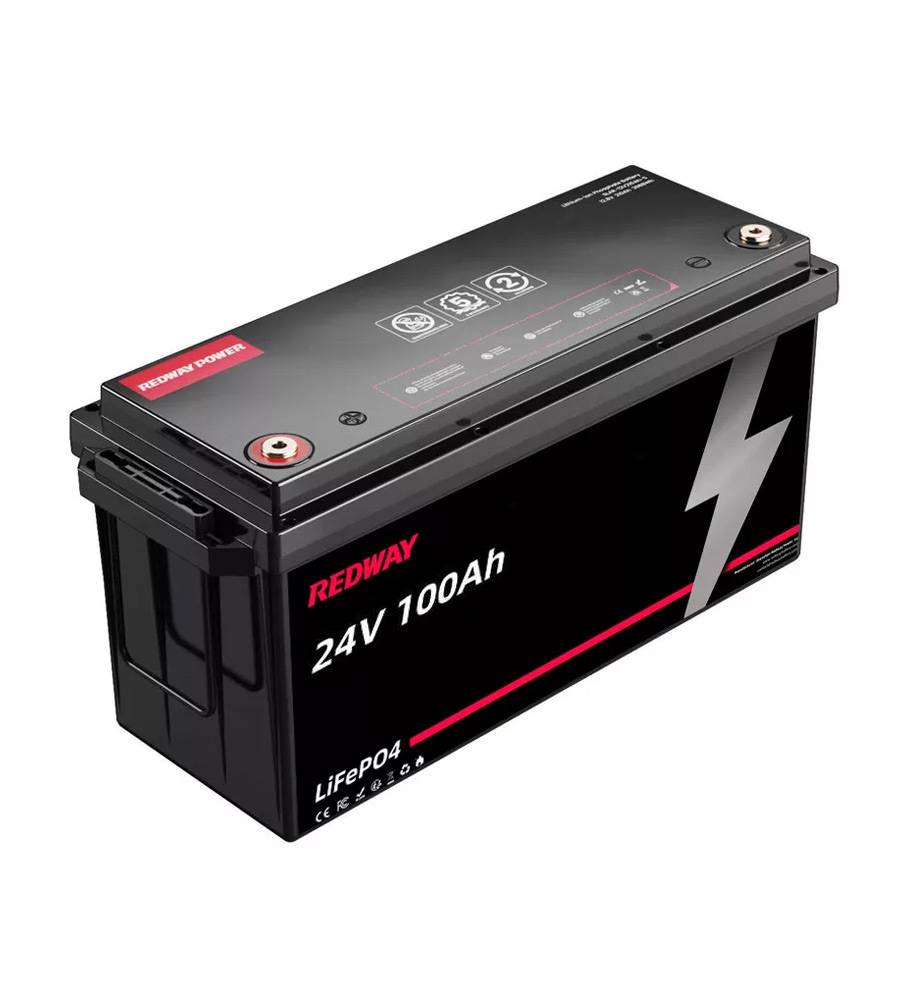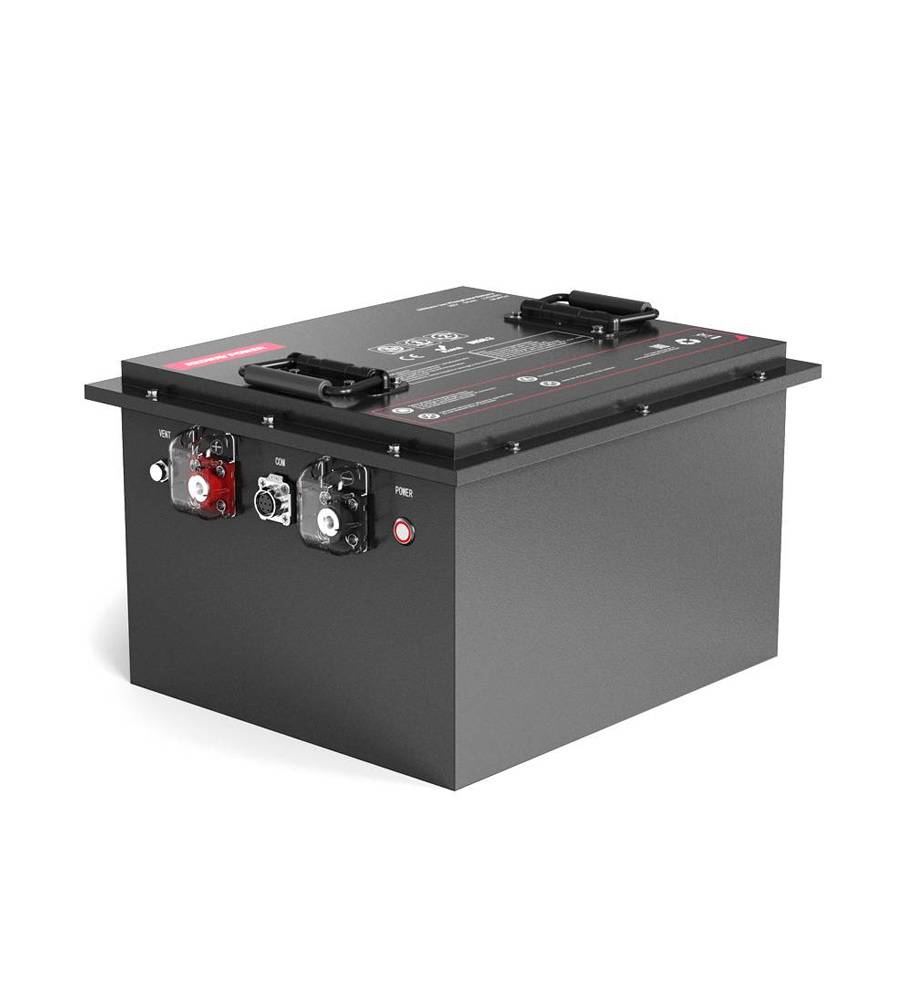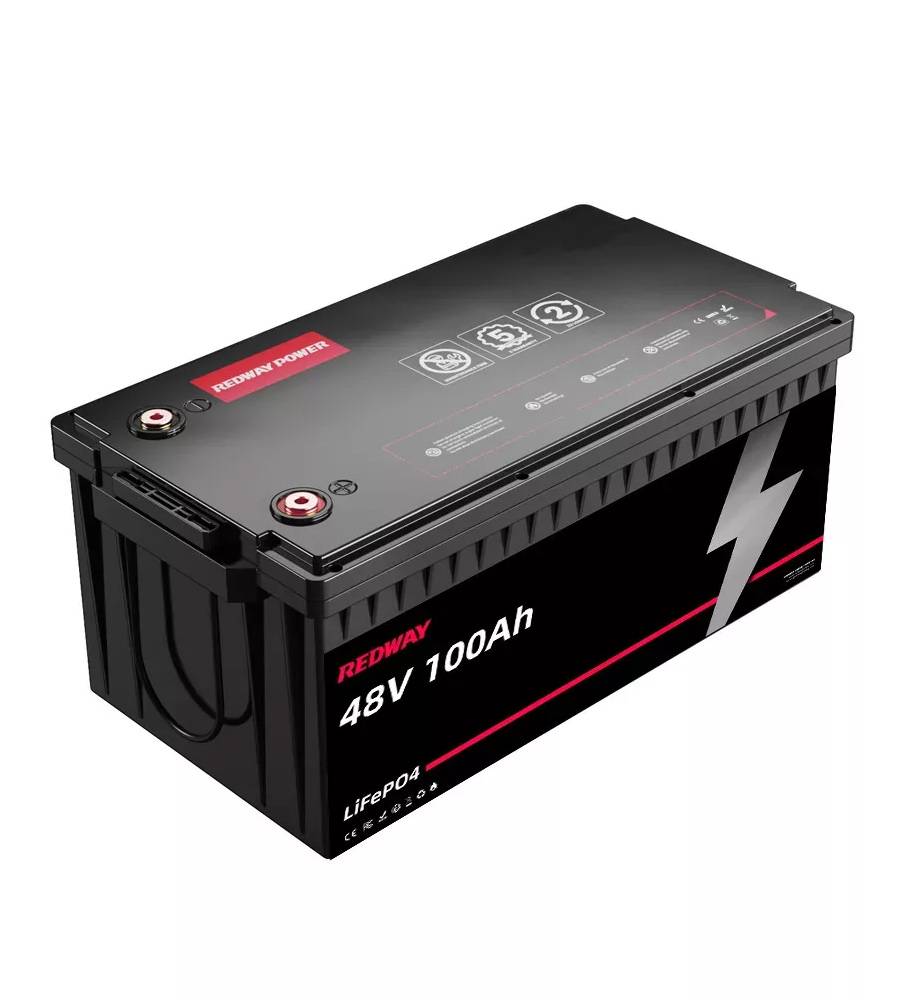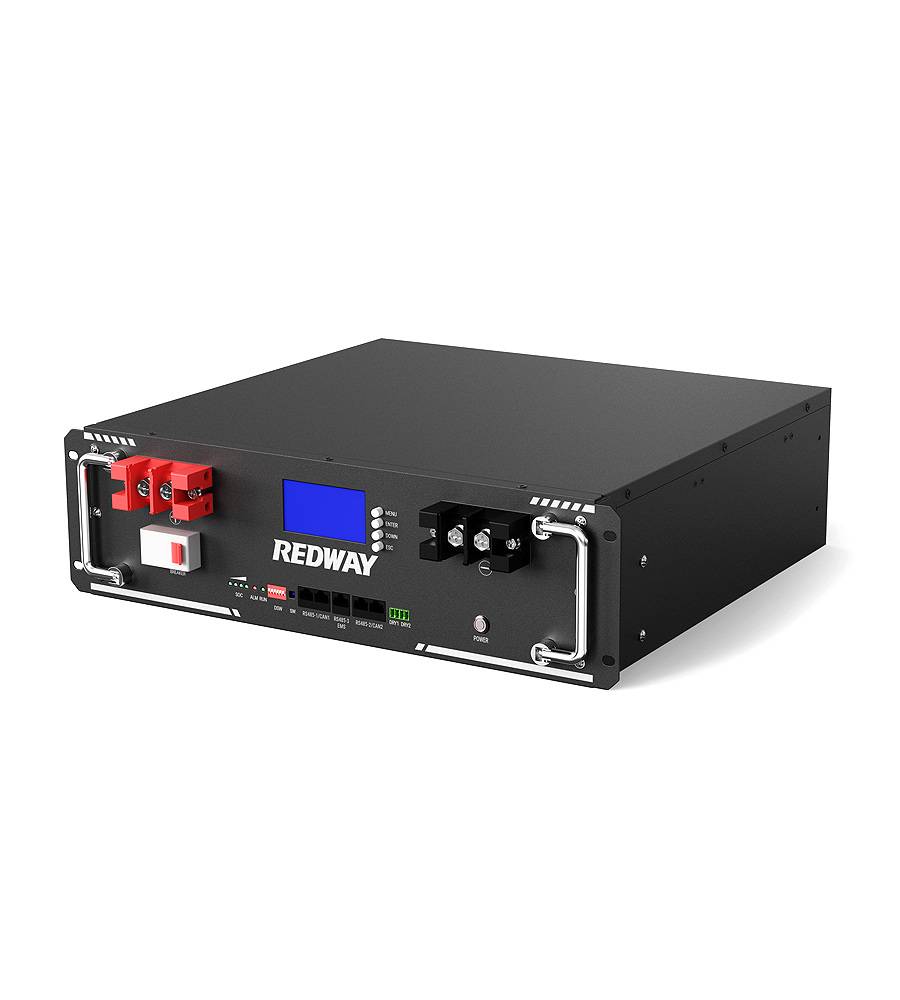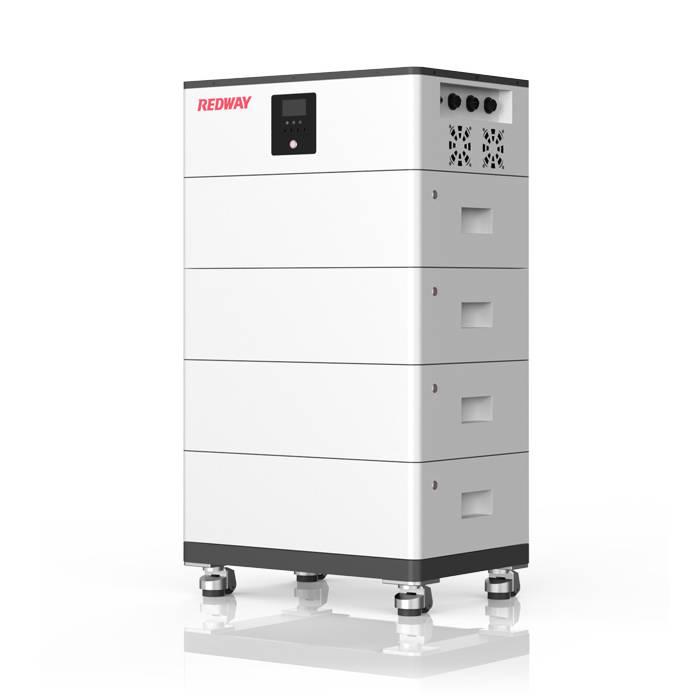- Forklift Lithium Battery
-
48V
- 48V 210Ah
- 48V 300Ah
- 48V 420Ah (949 x 349 x 569 mm)
- 48V 420Ah (950 x 421 x 450 mm)
- 48V 456Ah
- 48V 460Ah (830 x 630 x 590 mm)
- 48V 460Ah (950 x 421 x 450 mm)
- 48V 460Ah (800 x 630 x 600 mm)
- 48V 460Ah (820 x 660 x 470 mm)
- 48V 500Ah
- 48V 560Ah (810 x 630 x 600 mm)
- 48V 560Ah (950 x 592 x 450 mm)
- 48V 600Ah
- 48V 630Ah
-
48V
- Lithium Golf Cart Battery
- 12V Lithium Battery
12V 150Ah Lithium RV Battery
Bluetooth App | BCI Group 31
LiFePO4 Lithium
Discharge Temperature -20°C ~ 65°C
Fast Charger 14.6V 50A
Solar MPPT Charging - 24V Lithium Battery
- 36V Lithium Battery
- 48V Lithium Battery
-
48V LiFePO4 Battery
- 48V 50Ah
- 48V 50Ah (for Golf Carts)
- 48V 60Ah (8D)
- 48V 100Ah (8D)
- 48V 100Ah
- 48V 100Ah (Discharge 100A for Golf Carts)
- 48V 100Ah (Discharge 150A for Golf Carts)
- 48V 100Ah (Discharge 200A for Golf Carts)
- 48V 150Ah (for Golf Carts)
- 48V 160Ah (Discharge 100A for Golf Carts)
- 48V 160Ah (Discharge 160A for Golf Carts)
-
48V LiFePO4 Battery
- 60V Lithium Battery
-
60V LiFePO4 Battery
- 60V 20Ah
- 60V 30Ah
- 60V 50Ah
- 60V 50Ah (Small Size / Side Terminal)
- 60V 100Ah (for Electric Motocycle, Electric Scooter, LSV, AGV)
- 60V 100Ah (for Forklift, AGV, Electric Scooter, Sweeper)
- 60V 150Ah (E-Motocycle / E-Scooter / E-Tricycle / Tour LSV)
- 60V 200Ah (for Forklift, AGV, Electric Scooter, Sweeper)
-
60V LiFePO4 Battery
- 72V~96V Lithium Battery
- Rack-mounted Lithium Battery
- E-Bike Battery
- All-in-One Home-ESS
- Wall-mount Battery ESS
-
Home-ESS Lithium Battery PowerWall
- 24V 100Ah 2.4kWh PW24100-S PowerWall
- 48V 50Ah 2.4kWh PW4850-S PowerWall
- 48V 50Ah 2.56kWh PW5150-S PowerWall
- 48V 100Ah 5.12kWh PW51100-F PowerWall (IP65)
- 48V 100Ah 5.12kWh PW51100-S PowerWall
- 48V 100Ah 5.12kWh PW51100-H PowerWall
- 48V 200Ah 10kWh PW51200-H PowerWall
- 48V 300Ah 15kWh PW51300-H PowerWall
PowerWall 51.2V 100Ah LiFePO4 Lithium Battery
Highly popular in Asia and Eastern Europe.
CE Certification | Home-ESS -
Home-ESS Lithium Battery PowerWall
- Portable Power Stations
What Is a 24V 100Ah Lithium Ion Battery?
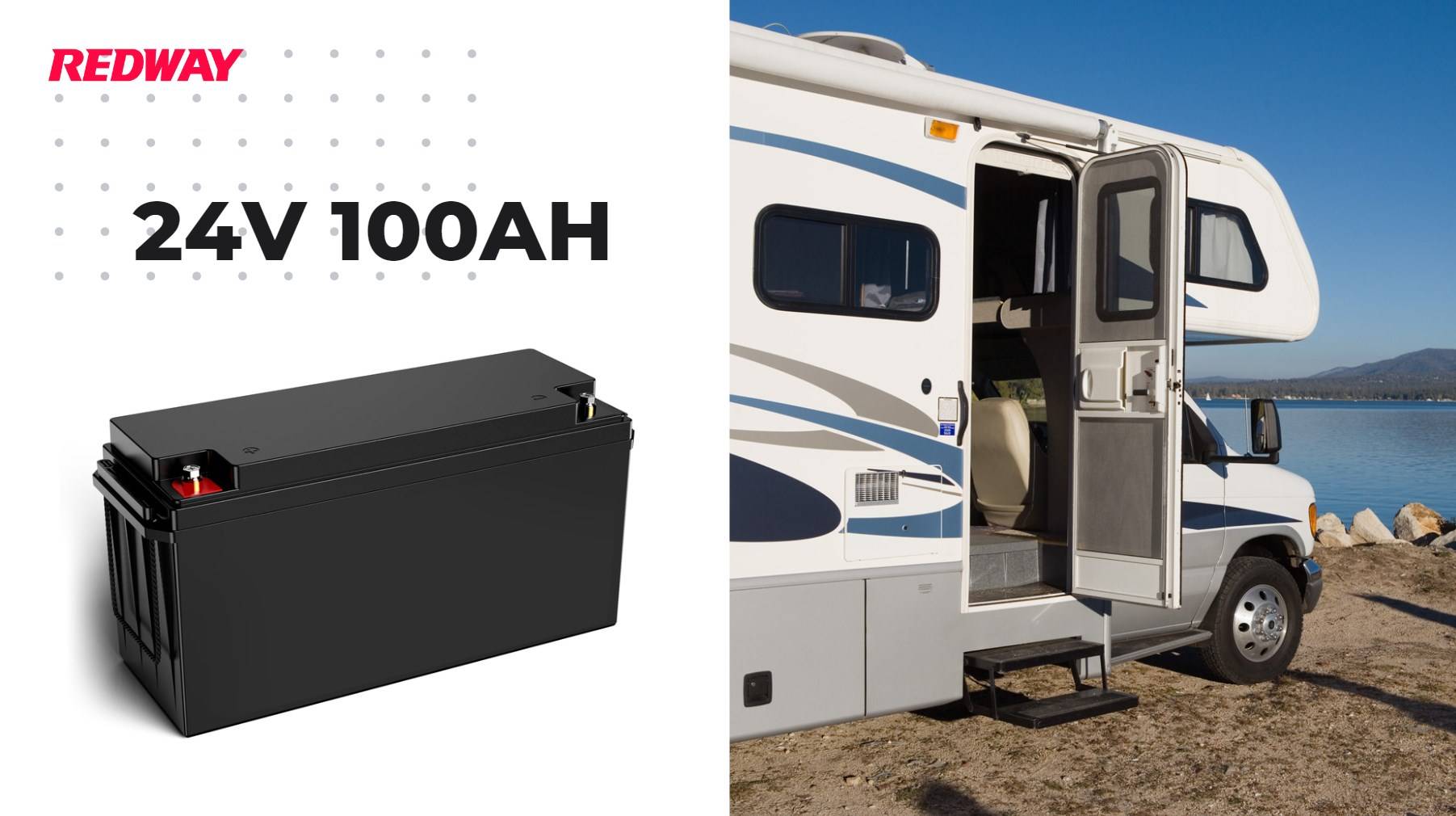
A 24V 100Ah lithium-ion battery is a powerful energy storage solution often utilized in various applications, including solar energy systems and electric vehicles. With a nominal voltage of approximately 25.6V and a capacity of around 2560Wh, these batteries provide reliable performance for demanding tasks.
How Do 24V 100Ah Lithium Ion Batteries Work?
These batteries operate by storing energy chemically within lithium-ion cells, allowing for efficient energy release when needed. The configuration typically involves connecting multiple cells in series to achieve the desired voltage.
What Are the Specifications and Features of These Batteries?
A standard 24V 100Ah lithium-ion battery has key specifications that include a nominal voltage of about 25.6V, a capacity of 100Ah, and an energy storage capacity of approximately 2560Wh.Chart: Key Specifications of a 24V 100Ah Lithium-Ion Battery
| Specification | Value |
|---|---|
| Nominal Voltage | 25.6V |
| Capacity | 100Ah |
| Energy Storage | 2560Wh |
| Cycle Life | >2000 cycles |
| Maximum Charge Current | Up to 100A |
What Applications Utilize 24V 100Ah Lithium Ion Batteries?
These batteries are versatile and find applications in various fields, including:
- Electric Vehicles: Powering electric bikes, scooters, and even some cars.
- Solar Energy Systems: Storing energy generated from solar panels for later use.
- Backup Power Solutions: Providing reliable power during outages for critical devices.
What Advantages Does LiFePO4 Technology Offer?
Lithium Iron Phosphate (LiFePO4) technology provides several advantages over traditional lead-acid batteries, such as:
- Longer cycle life (up to several thousand cycles).
- Higher thermal stability, reducing the risk of overheating.
- Greater depth of discharge without damaging the battery.
How Do Charging and Discharging Characteristics Function?
Charging typically requires a voltage range between approximately 29.2V to 30V, while discharging can handle continuous currents up to around 80A or more depending on the specific design.Chart: Charging and Discharging Parameters
| Parameter | Value |
|---|---|
| Charge Voltage Range | 29.2V – 30V |
| Continuous Discharge Current | Up to 80A |
| Maximum Charge Current | Up to 100A |
How Can You Maintain the Lifespan of Lithium Batteries?
To ensure longevity, regular maintenance practices include:
- Monitoring charge cycles to avoid overcharging.
- Keeping the battery within recommended temperature ranges.
- Performing periodic checks on connections and terminals for corrosion.
How Do 24V 100Ah Batteries Compare with Other Battery Types?
Compared to lead-acid batteries, lithium-ion batteries offer higher efficiency, longer lifespan, reduced weight, and lower self-discharge rates.
What Safety Features Are Included in Lithium Batteries?
Lithium batteries often incorporate built-in Battery Management Systems (BMS) that prevent overcharging, over-discharging, and short circuits, enhancing safety during operation.
How Does Temperature Affect Lithium Battery Performance?
Temperature significantly impacts performance; extreme cold can reduce capacity while excessive heat can lead to degradation or failure.
How Can You Connect Multiple Batteries in Series or Parallel?
Connecting batteries in series increases voltage while maintaining capacity; connecting them in parallel increases capacity while maintaining voltage.Expert Views
“Understanding the specifications and applications of a lithium-ion battery is crucial for maximizing its potential,” states Dr. Emily Carter, an energy storage expert. “Proper usage not only enhances performance but also ensures safety.”
FAQ Section
- What is the typical lifespan of a 24V 100Ah lithium-ion battery?
These batteries can last over 2000 cycles with proper care. - Can I use this battery for solar energy storage?
Yes, they are ideal for storing energy from solar panels. - What happens if I overcharge my lithium battery?
Overcharging can lead to overheating and potential damage or failure.



